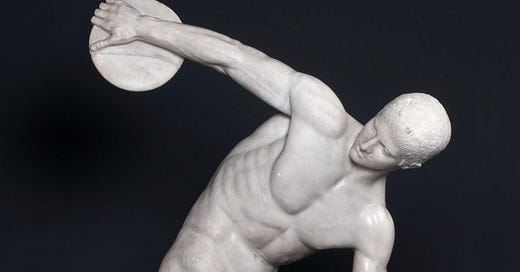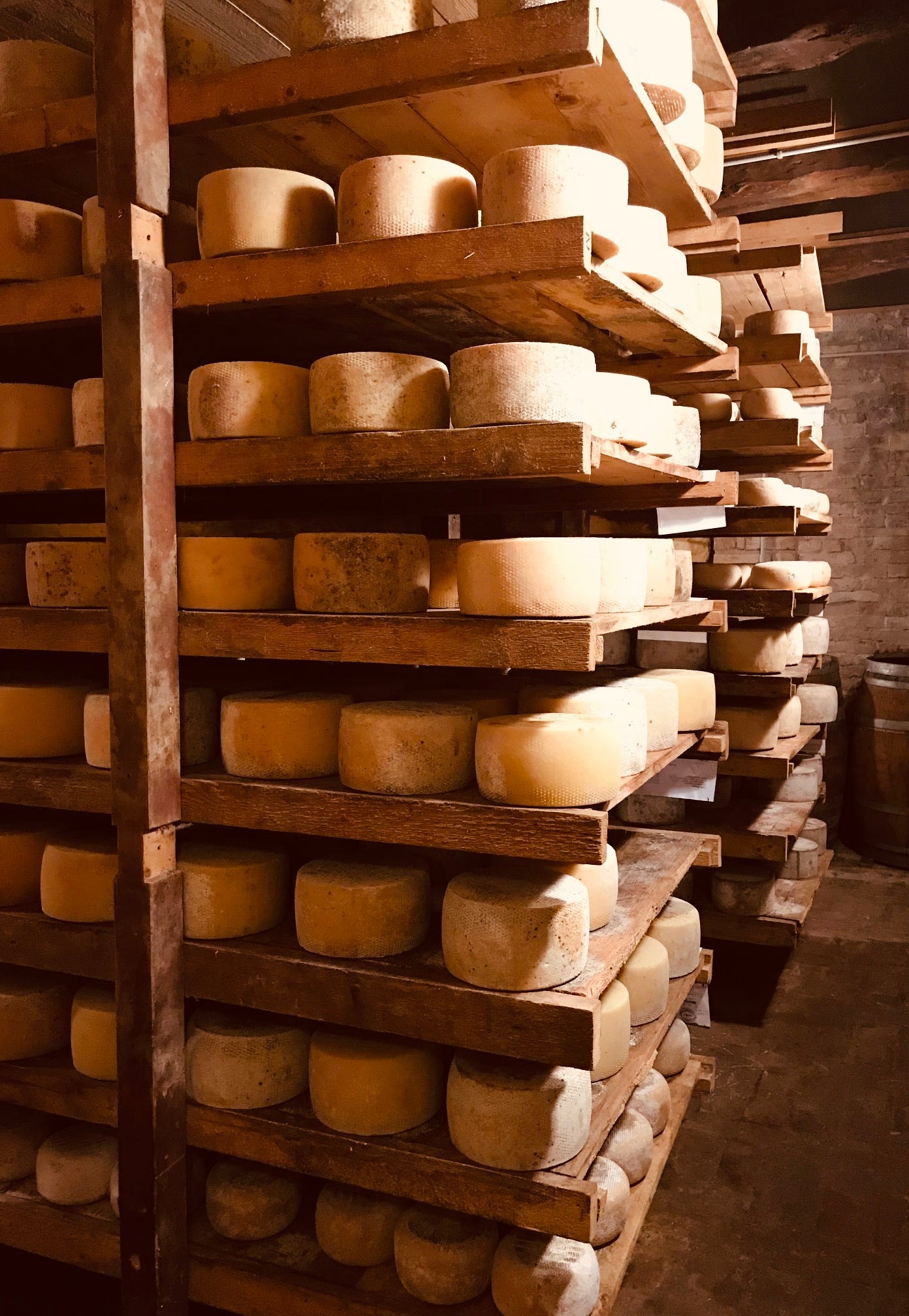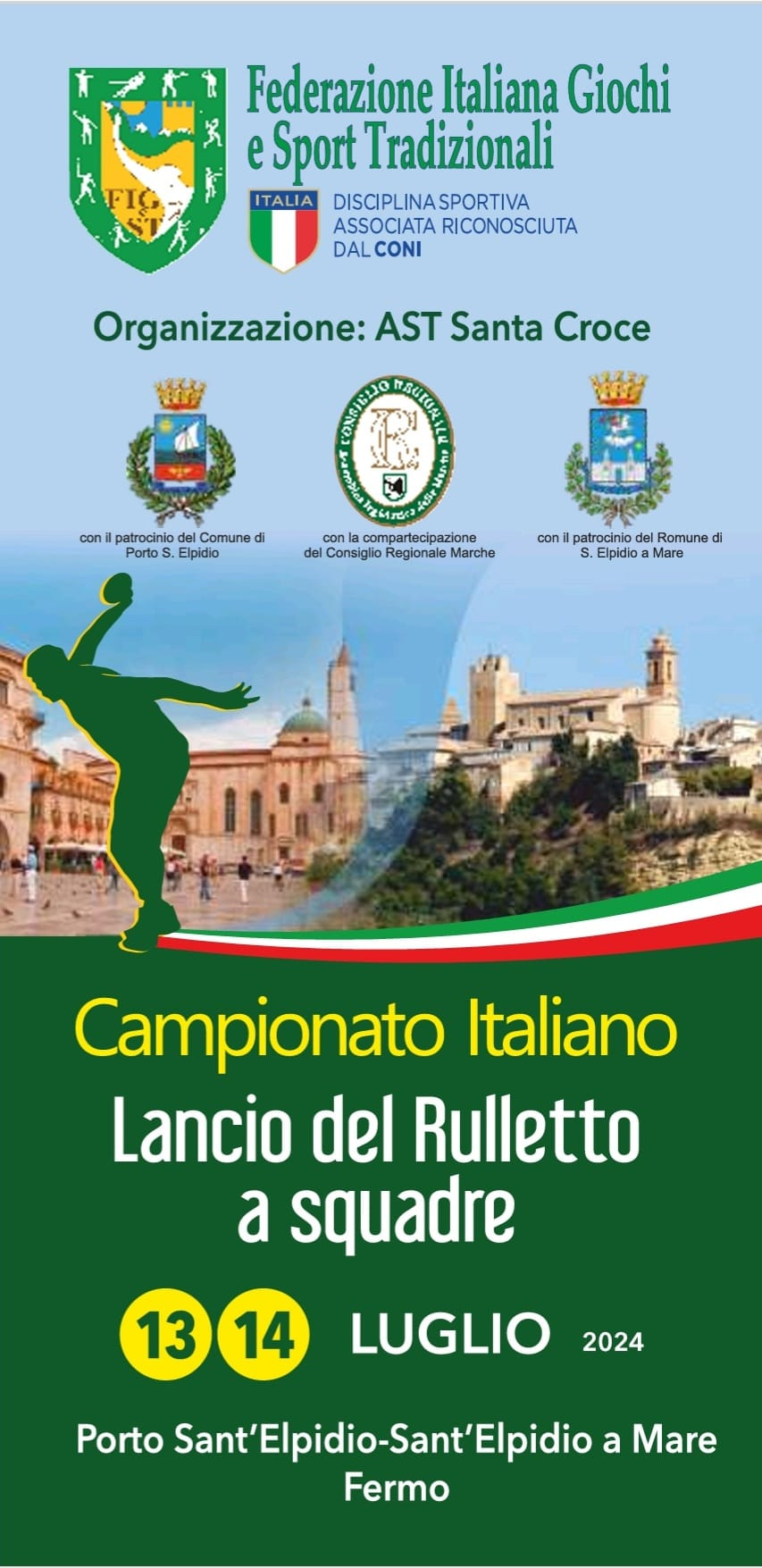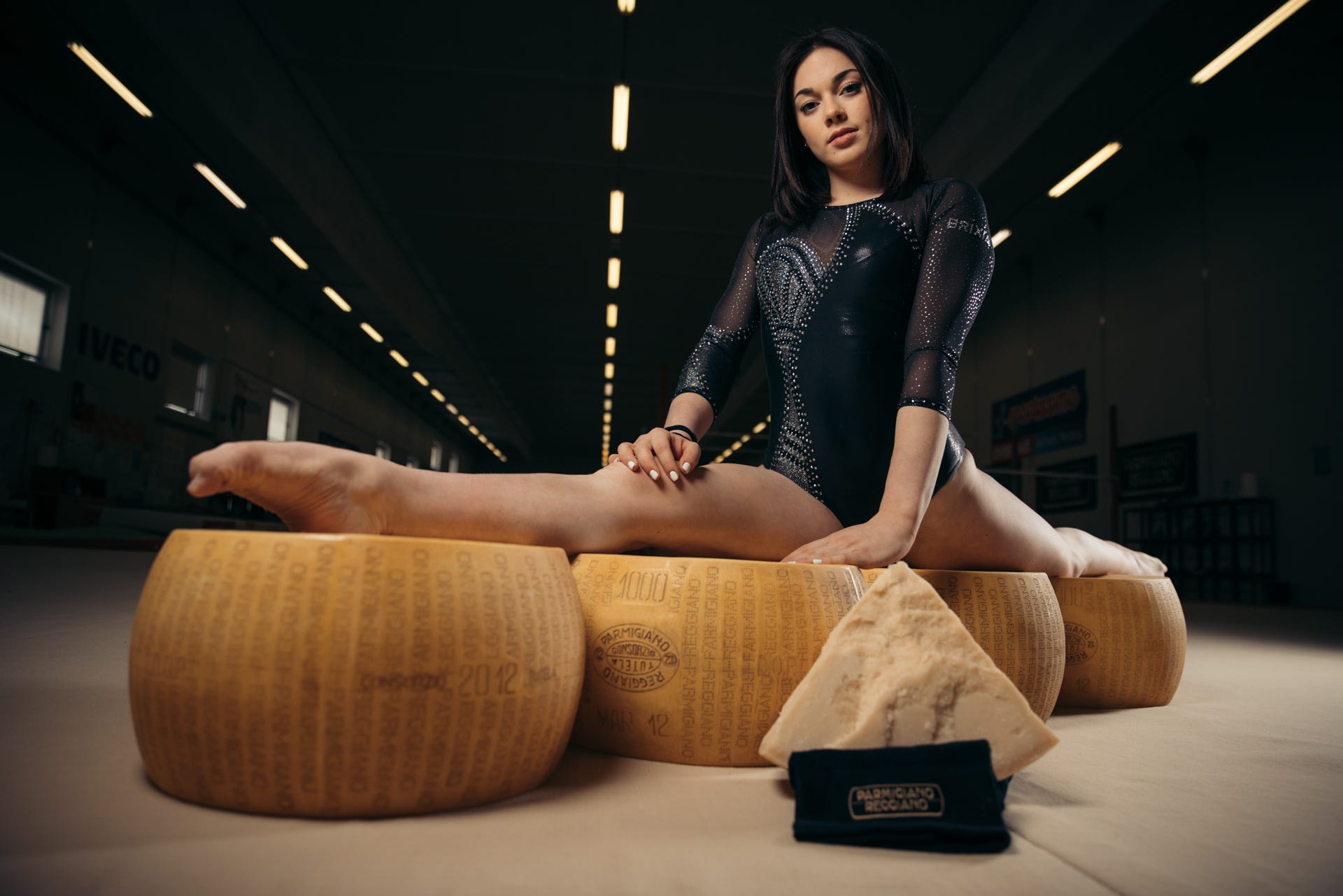I approach the Olympics the way many Italians approach Ferragosto. As the August two-week, lights-out shutdown approaches, your Italian friend will invariably assure you that this year they’re not taking a break. They’re far too busy at the moment to close up the office and sit on a beach somewhere. A few weeks later, you start to notice that emails are going unanswered and every Instagram post is of a fish dinner in Sardinia.
If you ask me about the Olympics before they begin, I’d tell you I’m not that interested. So much spectacle surrounding such obscure sports. Who needs the corruption and the reckless spending? The mindless nationalism and the inevitable accusations of cheating? We Americans have presidential elections for that kind of thing.
But of course, there are always one or two stories that start to pull you in. So when I purchased my subscription to NBC Peacock (to think, I lived all these years without full access to Love Island) and its 24-hour Olympic coverage, it was really just to check in on the Simone Biles saga, and LeBron and Steph’s Big Paris Adventure. It hadn’t occurred to me that those events had all taken place in prime time in France, and by the time I was tuning in on Sunday night New York time, the focus would be on other, more nuanced games.
“Oh wow. Ping-pong”, C said, glancing up from her computer. Had I really just paid a monthly fee for the privilege of watching a sport designed for suburban basements? “Yea, but you gotta look at this…” I exclaimed. “Whoa! Did you see how hard they hit?” I was watching American Lily Zhang, a five-time Olympian and someone who could definitely make a fortune hustling games in college dorms across Palo Alto, defeat Marina Sahakian from Lebanon. It was like watching Carlos Alcaraz firing forehands off your coffee table.
“Whew, “ I exhaled when the match was over. “That was intense.” C rolled her eyes. Up next: doubles badminton. “Oh come on…” she groaned. “Seriously?”
Very seriously. The revelatory thing about the Olympics is not really how many sports are out there, but rather that there are people who have devoted their lives to mastering them. These badminton players were not grey-haired ladies in Bermuda shorts standing on the lawn with a martini glass in one hand. These teams were swinging their racquets with a violent force that I reserve only for swatting insects, but they were connecting with markedly better accuracy. You could see the ferocity in their game faces.
I think that’s what I noticed first about the team of senior-division sportsmen I ran into on the road below our house in the countryside of Le Marche. As one of the squad stepped out to stop my car’s progress down the street, the other players were huddled together, staring with life or death severity at the ground.
At first I thought there’d been an accident. It was that serious. Middle-aged men with measuring tapes and chalk were marking the pavement. I expected to see the outline of a body on the asphalt as they stepped away and lined up on the side of the road. Instead I saw:
A cheese.
A large wheel of what I later learned was a local Pecorino, a cheese made of sheep’s milk, was lying in the street with a chalk mark next to it. After studying the position of the wheel and the terrain of the road with the concentration of a golfer reading a putting green, one of the plumper men picked up the cheese, retreated a couple of steps, and then with a surprising Fred Flintstone at the bowling alley grace, hurled the wheel down the path.
The men watched the cheese bounce and roll along the road. When it finally came to rest, they erupted into a round of spontaneous back-slapping and followed the path to mark the spot where it landed. The man who’d blocked the street waved me on.
It took me a minute to process (no pun intended) what I had just witnessed. Cheese bowling? Was this a thing? I called Jimmy, our resident expert in all things Marchigiani, to see if he was familiar with it.
“Yeah”, he said, “they do that around here. Probably training for a competition,” he explained. “They call it the Ruzzola. The important thing is that it doesn’t hurt the cheese.”
Did he say a competition? It turned out to be true. There are contests in Marche towns like Offida and Sant’ Elpidio a Mare, in Panicale and Pistrino in Umbria and all the way up into Emilia-Romagna.
Also known as Lancio del Rulletto, the game was initially played by medieval shepherds and farmers. Now it is officially a traditional sport under the regulation of the Italian Federation of Traditional Sports and Games and the EU’s Association of European Games and Traditional Sports—which also oversee Bocce, Tiro alla Fune (Tug of War), and Gioco alla Rana (Game of Frog). If you’re looking to build a case against the excesses of the European Union bureaucracy, these agencies, close relations to Monty Python’s “Ministry of Silly Walks”, would probably make for a solid opening argument. To their credit however, they have managed to keep the Ruzzola untainted by any doping issues or gender-identification disputes.
Of course, Italy being Italy, there is not just one accepted cheese-rolling game, but rather a plateful of competitions that differ from region to region. In Tuscany, the town of Volterra hosts the Palio dei Caci, which includes a race where each contestant guides their cheese with a spatula as it rolls downhill around an obstacle course of hay bales. Think Curling meets Steeplechase meets Master Chef. This game also dates back to the Middle Ages, when farmers would bring their goods up the hill to market and the cheese would inevitably fall off the animal-drawn cart, to be chased down by the boys standing on the side of the road.
Meanwhile in Pienza, the Fiera del Cacio challenges the children of the village to roll a wheel of cheese with a slanted edge toward a post. The goal is to make the cheese circle the post as many times as you can, then settle as near as possible to the target.
And while it seems unlikely that anyone in Modena or Parma would allow someone to hurl their precious Parmigiano down a dusty trail, they too have thrust their cheese into the world of international sport. Giorgia Villa, who last week led Italy’s gymnastic team to a silver medal just behind the USA, is actually sponsored not by Nike, but by Parmigiano Reggiano cheese. Don’t be surprised if she’s incorporating it into her floor routine soon.
The actual rules of Ruzzola are pretty fundamental. There are four teams of 2 players each, who alternate taking turns at launching the cheese wheel down the path toward a finish line, usually located in a neighboring town. The player wraps a 9 pound cheese with a two-meter long string, at the end of which is a wood-handled loop. Hanging onto the loop, the player sends the cheese on its way—a bit like “walking the dog” with a yo-yo, except that the player does, at the crucial moment, let go of the string to let the wheel roll as far as possible. The spot where the cheese falls over is marked with chalk and becomes the starting point for the next throw.
The aim is to keep the cheese on the straight and narrow (leaving the path will cost you a turn) and of course, to reach the goal with the fewest launches. From what I observed on the road below our house, there do not appear to be points given for form or artistic interpretation.
While it may not be ready for prime time coverage, I’m not sure that cheese-rolling is any less credible as an Olympic sport than artistic swimming. It certainly has a longer history. Thought to date back to the Etruscans, there is a depiction of the sport in the Tomb of the Olympics in the necropolis of Monterozzi in Tarquina. The first written references to the game appear in 1277. Considering that the early Athenian games included contests for dancing in armor and chariot mounting and dismounting (performed while the chariot was in motion), why wouldn’t the ancient Greeks have made time for some cheese-tossing? Maybe feta was just too soft for this particular purpose.
As I watched the old boys trundling down the road chasing their cheese wheel, I saw the same team spirit and competitive fire that was on display in the badminton battle, where the doubles partners seem to high-five and hug one another after every point regardless of whether it was won or lost. I like the idea of the Ruzzola team hanging around the Olympic Village with the skateboarders and the tennis stars and the beach volleyball players, comparing medals and complaining about the referees.
I understand that the Olympics are supposed to be about “building a peaceful and better world through sport”. But I don’t fully buy into the Games as a symbol of world unity. To me, they seem more rooted in the innate human desire to compete with one another over everything, no matter how ridiculous. I think the underlying spirit of the Olympics might be: “Step aside, and let me show you how we do that in my country…”
Like Ferragosto, that Olympic spirt of “anything you can do, I can do better” is ultimately irresistible. In the end, we all need our days of leisure and also our moments of glory. If you’re lucky enough to find both in the simple act of flinging a Pecorino down a shady, country road, you’ve already got your gold.
“The rewards are going to come, but my happiness is just loving the sport and having fun performing.” Jackie Joyner Kersee (Olympic champion)










They do this around my neck of the Italian woods. Love the fact that there are no road blocks or signs, just an assumption that everyone will be happy to stop for a few minutes while cheese is expertly flung along a road.
That was a riot! Leave it to the Italians... food is the center of everything!